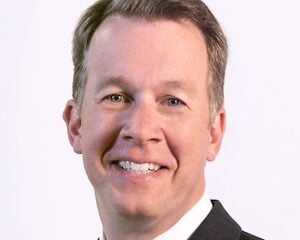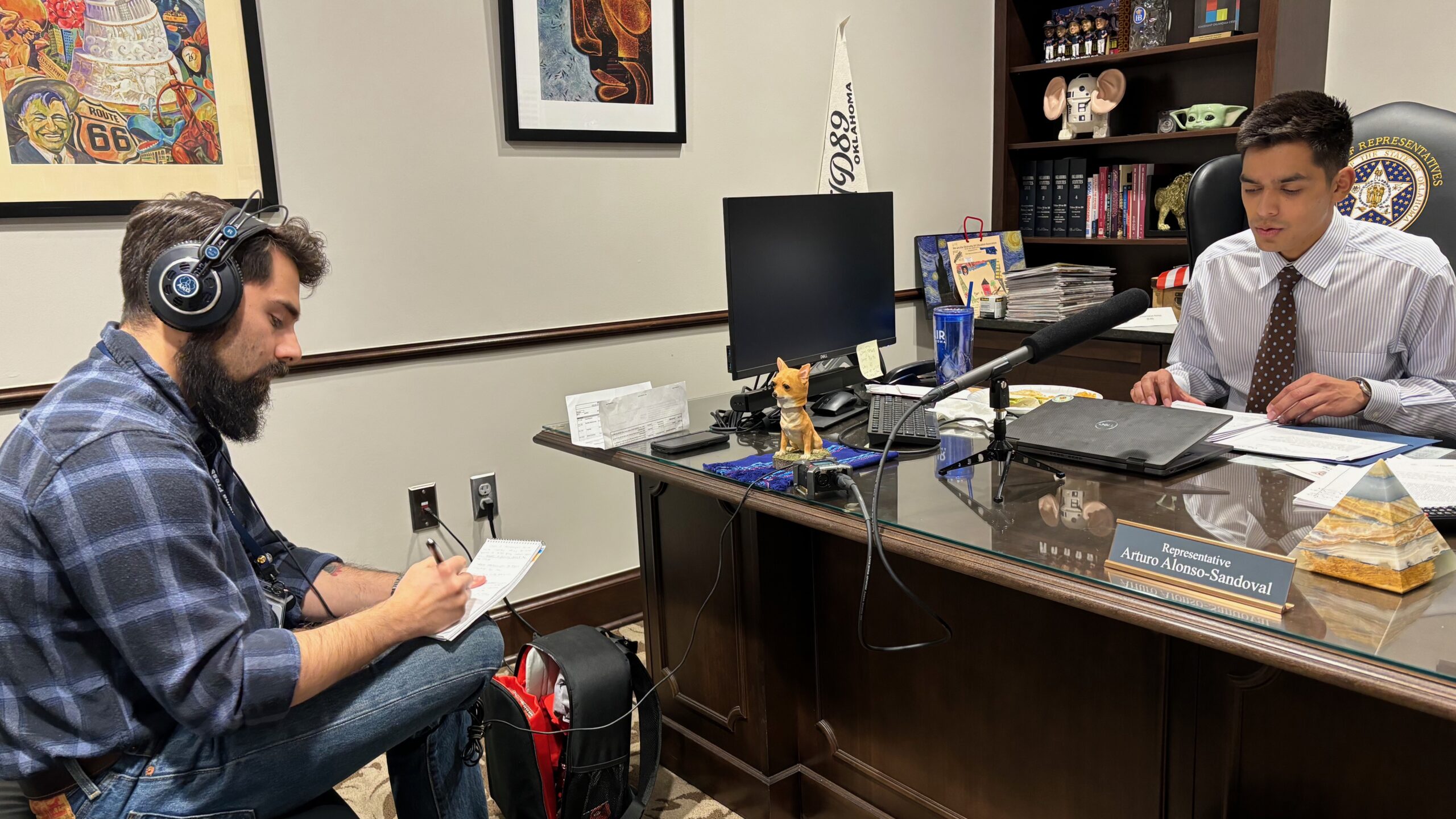Jerrold Sandler, key advocate for public radio funding, dies at 64
The man who led the campaign to make educational radio eligible for federal aid, Jerrold Sandler, died Feb. 24 [1995] at age 64. He apparently had a heart attack after cancer surgery at a hospital in Moline, Ill, according to his daughter Emily.
 “The original idea was to have a Corporation for Public Television,” says John Witherspoon, a historian of the field. “Jerry was probably the key guy to make sure that radio was included in the Public Broadcasting Act.”
“The original idea was to have a Corporation for Public Television,” says John Witherspoon, a historian of the field. “Jerry was probably the key guy to make sure that radio was included in the Public Broadcasting Act.”
At the time when the National Association of Educational Broadcasters was building its movement to obtain federal aid, in the early ’60s, Sandler came to Washington as director of NAEB’s radio division.
Leading educational broadcasters like Hartford Gunn put the emphasis on TV because of its higher costs, recalls Donald Quayle, who worked with Gunn at WGBH and later became NPR’s first president. “Radio, they felt, could probably make it on its own.”
Fred Friendly, the former CBS newsman who was public TV’s angel at the Ford Foundation, likewise had little interest in educational radio, which was located on the less-used FM band and largely devoted to classical music, Quayle says.
NAEB’s conference on long-range financing in 1964 and the key report of the Carnegie Commission in January 1967 looked at federal aid for TV, not radio, and President Johnson proposed legislation creating a Corporation for Public Television in February 1967, according to The History of Public Broadcasting, coauthored by Witherspoon.
But radio advocates had begun organizing and developed arguments for federal aid at a September 1966 conference at the Johnson Foundation’s Wingspread Center in Racine, Wis. With the TV campaign rolling along, Sandler knew he had to act quickly.
“As we looked at the scene, with all the attention going to television, we realized we had to do something to dramatize the cause of radio,” says Herman W. Land, then a New York consultant. Sandler hired Land to put together a quick report, The Hidden Medium and persuaded Friendly to pay for it, according to Land. Sandler also gambled his entire small budget on the report, Land says.
He recalls finishing the report on a Sunday morning in New York City, with Sandler and a small group of radio people. “It was a wonderfully cooperative effort,” says Land. “You couldn’t doubt the sincerity of these people. There wasn’t a professional lobbyist among them.”
The months between the Carnegie report and congressional hearings were “one continuous meeting,” says Chalmers Marquis, who was then Sandler’s opposite number on the TV side of NAEB. By the time of the hearings in April, NAEB had reached a consensus not to oppose radio’s case.
Sandler, Land and colleagues presented their report to the Senate communications subcommittee during its eight days of hearings on the funding bill. “At the end of the presentation, [Chairman John] Pastore said it was the first time he had heard the radio story,” Land says. The bill was amended to include radio and was signed by President Johnson in November.
Sandler appeared in live dramas on WNYC-AM during his childhood in New York, and returned to educational broadcasting in the mid-1950s, rising to acting manager of University of Michigan Broadcasting Service, Ann Arbor, while he was a graduate student. He came to NAEB as executive director of National Educational Radio in 1964.
After his work on the Public Broadcasting Act, he moved on to the Smithsonian Institution in 1968 as the first director of the national Reading Is Fundamental Program, which distributed books to inner-city and rural children.
In the 1970s and ’80s, Sandler did consulting work for the National Council on the Aging, the Ford Foundation and other clients, and worked at the National Institute on Education. In 1976-79, he was executive producer of Footsteps, a 30-part public TV series on parenting, funded by the Office of Education.
Sandler returned to universities as a visiting lecturer at San Diego State University in 1981, as director of television services at Northern Arizona University, Flagstaff, in 1982, and as g.m. of Black Hawk College’s WQPT-TV in Moline, in 1990. He retired in 1992. In Flagstaff, Sandler hosted his own radio shows on wine, his great extracurricular interest, according to Marquis.
A funeral was planned for March 5 in New York City. Sandler was survived by his mother Reba, brother Martin, daughters Deborah and Emily and three grandchildren. The family asked that donations in his memory be sent to the American Diabetes Association, the American Cancer Society or any children’s charity.







